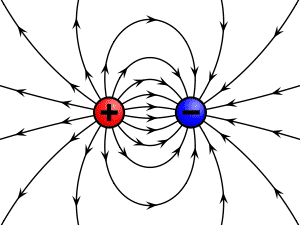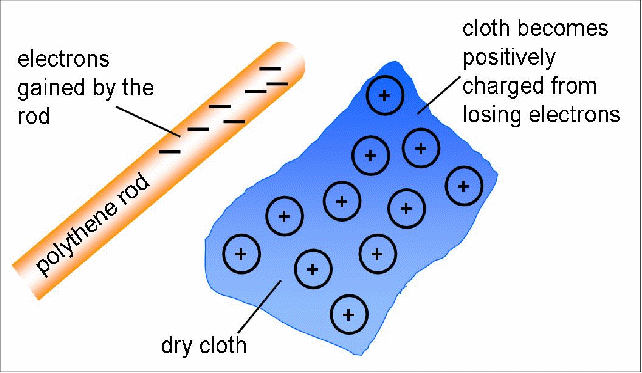Electric Charge
Charges that are the same repel each other. Charges that are different attract each other. This rule is the same rule for interactions between magnetic poles. Protons repel protons and attract electrons because they have different types of electric charges. Protons have a +ve charge and electrons have a -ve charge. This interaction between electric charges is called electricity.
One important difference between electric charges and magnetic poles is that magnetic poles cannot exist alone, however, electric charges can.
Electric Force
An Electric Field is a region around a charged object where the object’s electric force is exerted on other charged objects.
They are similar to magnetic fields. They always point from positive charges. The strength of an electric field is related to the distance from the charged object. The greater the distance, the weaker the electric field.
When there are two or more charges, the shape of the electric field gets altered. The electric field of each individual charge combines by repelling or attracting.
Static Electricity
In static electricity, charges build up on an object, but they don’t flow continuously.
Transferring Charge
There are three methods of transferring charge-
1. Charging by Friction- When two uncharted objects rub together, some electrons from one object move into the other one. The object that gains electrons becomes negatively charged and the object that loses electrons becomes positively charged.
2. Charging by Conduction- When a charged object touches another object, electrons can be transferred between the objects.
3. Charging by Conduction- Charging by induction is the moving of electrons to one part of an object that is caused by the electric field of the other object.
Static discharge
When a negatively charged object and a positively charged object are brought together, electrons transfer until both objects have the same charge.


